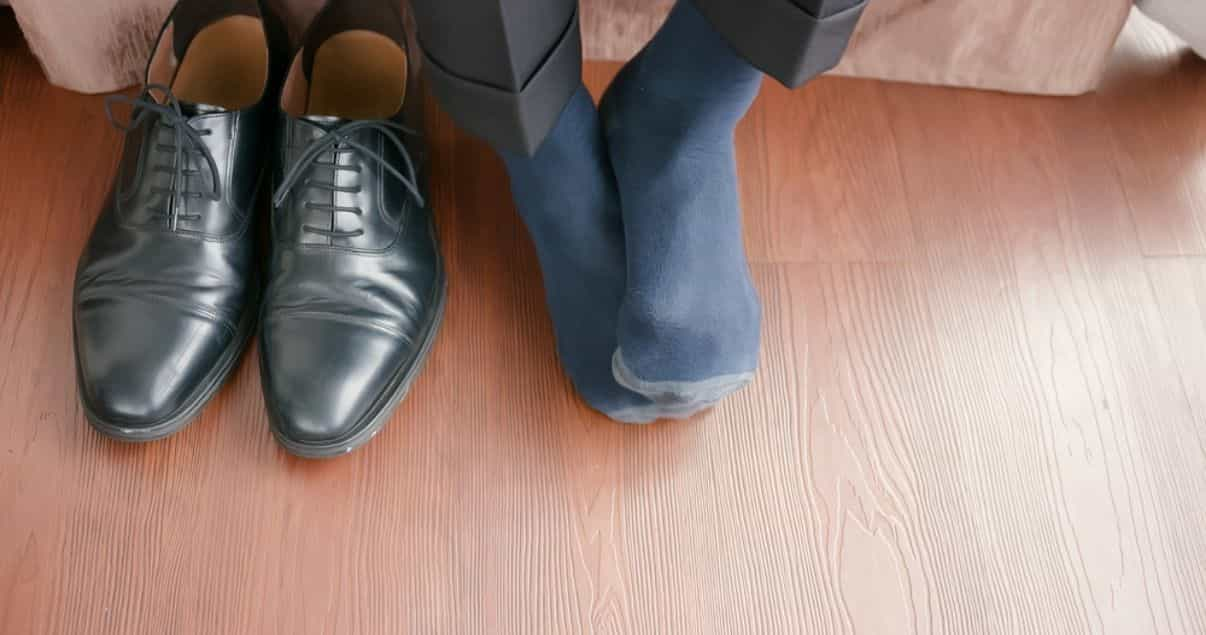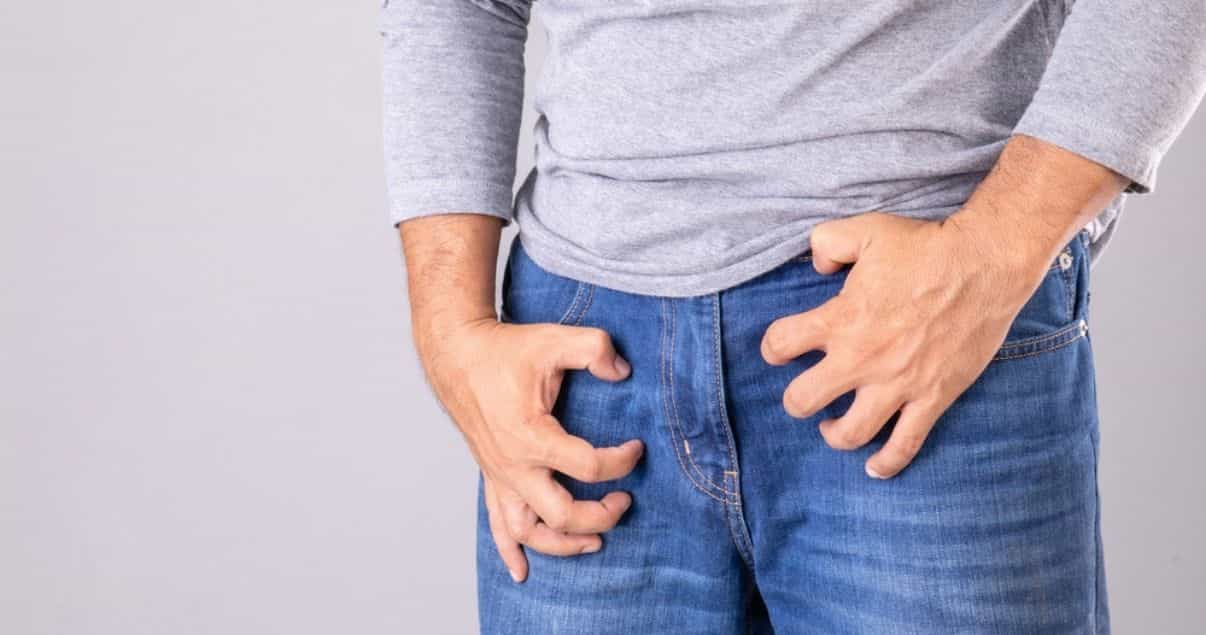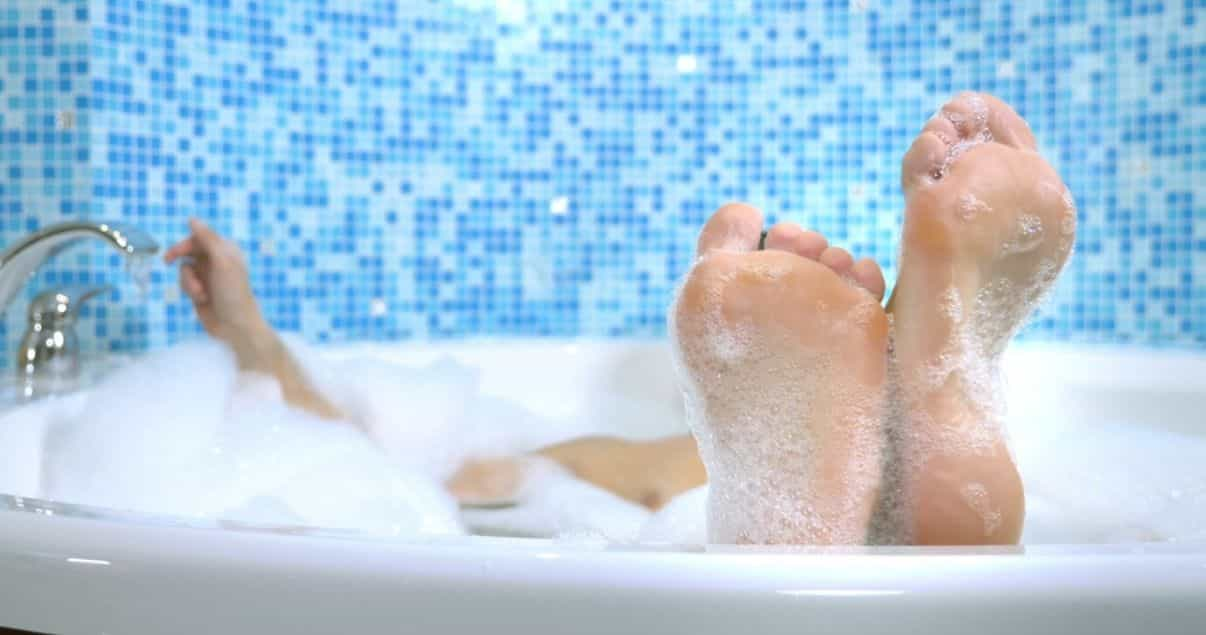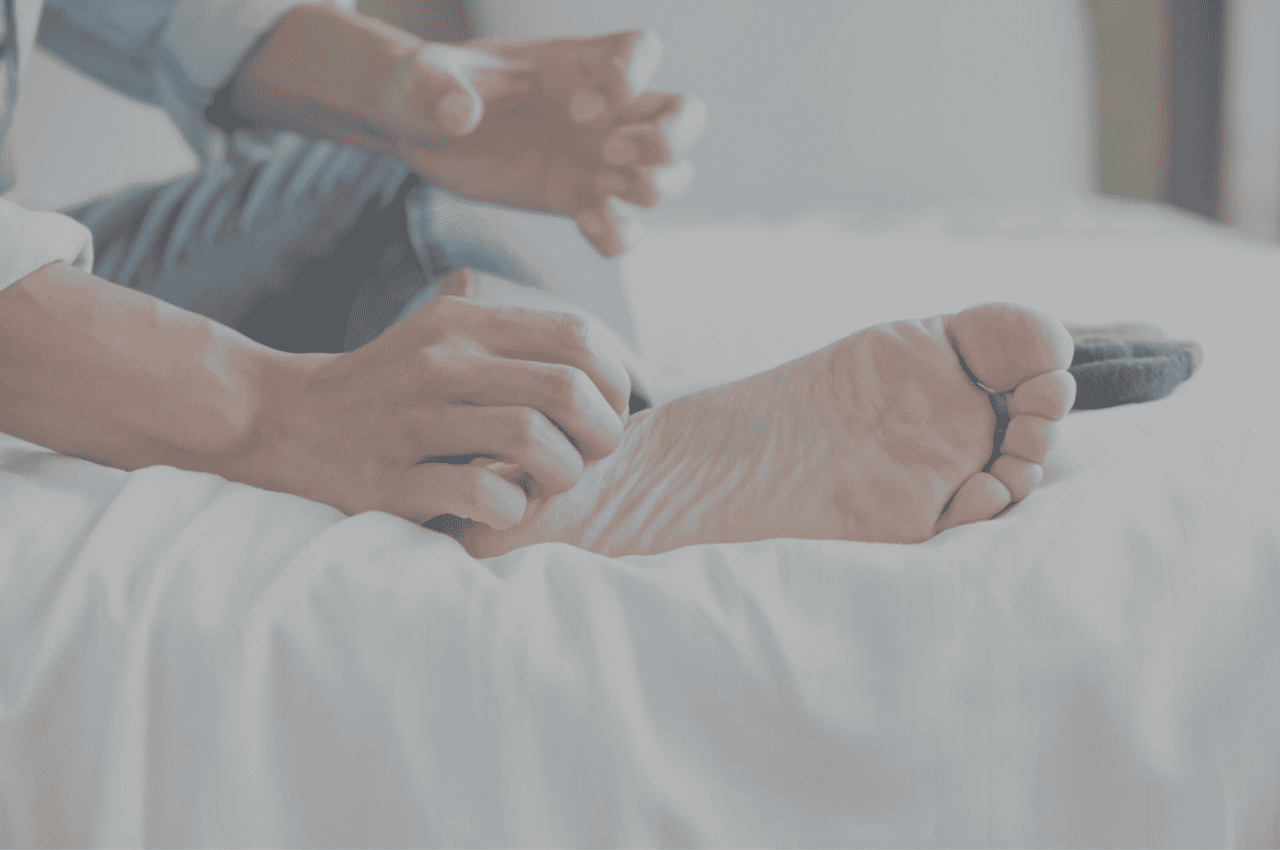With some athlete's foot infections (AKA tinea pedis), it might seem like your athlete's foot won't ever go away. Without proper treatment, the symptoms of this fungal foot infection can become very irritating, causing frustration when they stick around. But why does athlete’s foot keep coming back?
In this article, we’ll take a look at common athlete’s foot symptoms, how to treat athlete’s foot, getting rid of jock itch and ringworm infections, and how to incorporate a solid foot care routine.
An Effective Athlete's Foot Treatment
If you have athlete’s foot, you’re probably suffering from symptoms like burning, red, itchy, and peeling skin on your feet and between your toes.

Maybe you’ve already tried alternative treatments like vinegar hot soaks, or other unproven home remedies. Unfortunately, these products won't kill the fungus, meaning that it will likely keep coming back again and again until treated successfully. When it comes to effectively treating the foot fungus it’s best to use a specially formulated cream that contains antifungal ingredients to fight the infection.
Only a proven treatment like SilkaⓇ Antifungal Cream with FDA-approved antifungal ingredients can successfully kill the foot fungus and leave you free of the uncomfortable athlete’s foot infection. When you apply SilkaⓇ Antifungal Cream (with the active ingredient Terbinafine) according to label instructions, you should be foot fungus free in as few as 7 days. If your infection continues after 14 days of consistent treatment, it’s important to see your doctor who can give you a specialized treatment plan in case you’re suffering from a chronic athlete’s foot infection.
Take a look at our post on how to choose the right athlete's foot treatment for more information.

Uncontrolled Ringworm or Jock Itch Infections
If you have experienced multiple athlete's foot infections and haven’t always treated them right away, the fungus may have spread to other parts of your body, causing ringworm or jock itch infections.
These infections often show up as itchy red rings in warm and moist areas of the body like the groin and the scalp. Sometimes you may find the rings surrounded by blisters or scaly peeling skin. They may burn and cause you plenty of discomfort.
Ringworm and jock itch fungal infections are often caused by an athlete’s infection that has spread through clothing or other materials to other areas of your body.
Sometimes when you’ve cured your athlete’s foot infection but are still suffering from a jock itch or ringworm infection the fungal skin infections can then spread back to your feet and cause another athlete’s foot infection.
To break the cycle of athlete’s foot, jock itch, and ringworm infections, you need to know how to treat ringworm and jock itch skin infections. Check out our guide to jock itch and ringworm treatment.

A Solid Foot Care Routine
To avoid any further athlete’s foot infections, it’s essential to start a solid foot care routine. By doing this you’ll keep your feet healthy and free from fungal infections. Good foot care habits will help you treat athlete’s foot and prevent it from spreading or coming back again.
Here are our top foot care routine tips:
• Wear shoes in public spaces. Anytime you visit a gym, locker room, or communal swimming pool, it’s important to wear some footwear like flip-flops to protect your feet. Many people’s feet are walking on the same ground and they may harbor untreated athlete’s foot infections. Keeping your shoes on will protect your feet from infections.
• Wash your feet daily. It’s essential to wash your feet at least once a day with warm water and mild soap. You should always wash your feet at the end of the day after wearing footwear. It’s best to wash them in the morning when you wake up, too.
• Don't share towels/clothes. Fungal spores can survive on fabrics, so if you happen to borrow a towel or clothing from someone with an athlete’s foot infection you may end up with the fungal infection yourself.

• Change your socks. It’s best to change your socks at least once a day. Always put on a clean pair of breathable socks in the morning and make sure to change them after heavy exercise.
• Clean your shoes. Keeping your shoes clean is key to killing any fungal spores and reducing the chance of an athlete’s foot infection. It’s especially important to wash your shoes following a case of an athlete’s foot infection. Check out our guide to effectively washing your shoes.
• Use foot powder. Foot powder can help absorb excess moisture from your feet and prevent the optimum humid conditions for a fungal foot infection to develop.
• While treating an athlete's foot infection make sure to wash sheets, floors, showers, towels, and clothes regularly to prevent reinfection.
Using an effective antifungal cream, like SilkaⓇ Antifungal Cream, should get rid of your athlete’s foot infection, even if you think you’ve tried every available method. Sticking to good foot care habits will help you prevent any future infections. If you’re unsure about treatment or have preexisting conditions, remember to see your doctor.
Take care!




